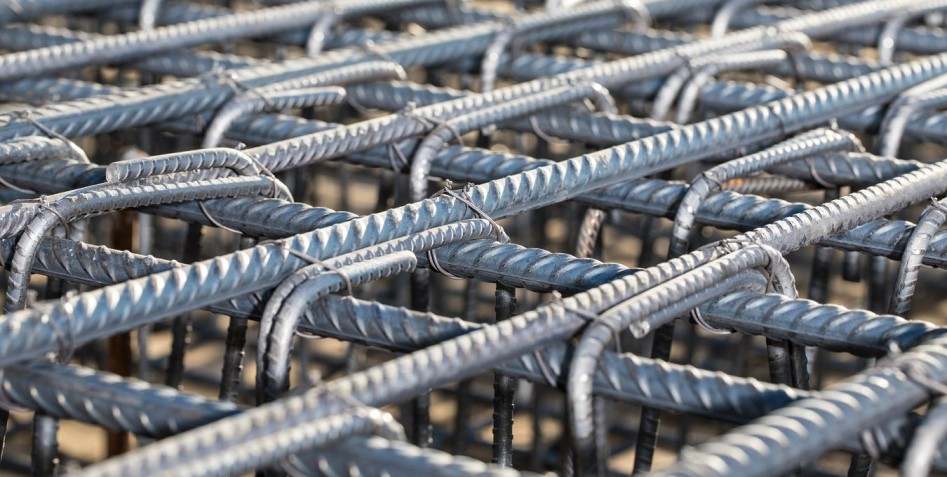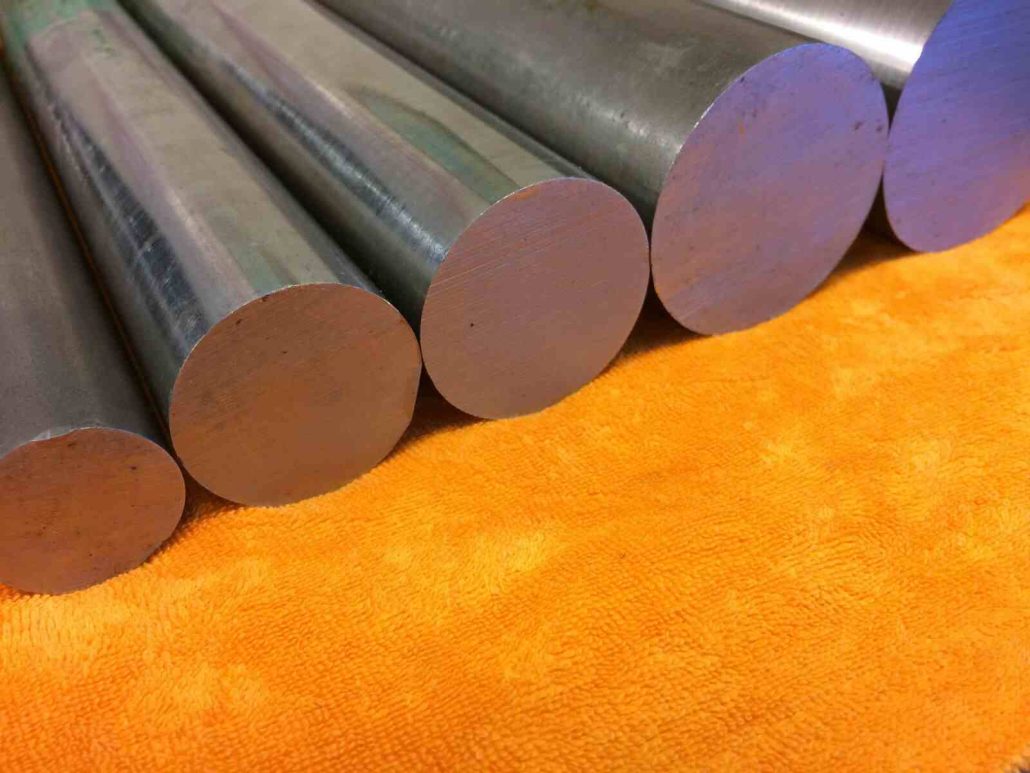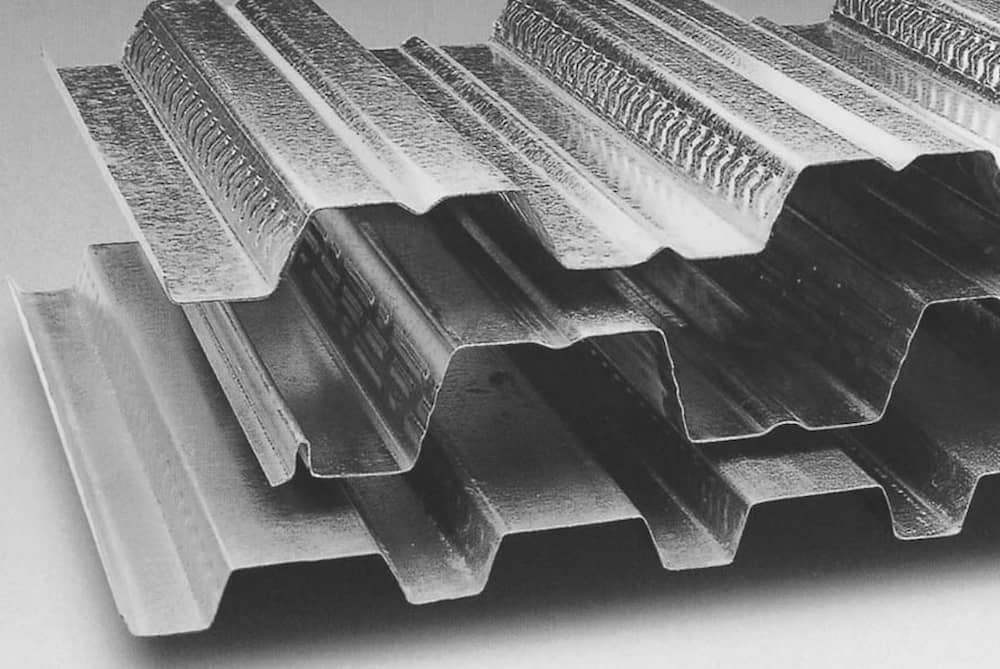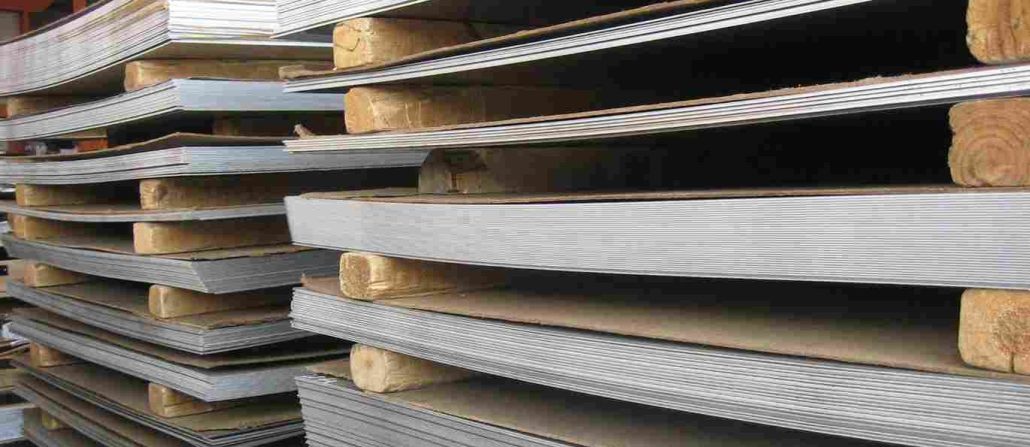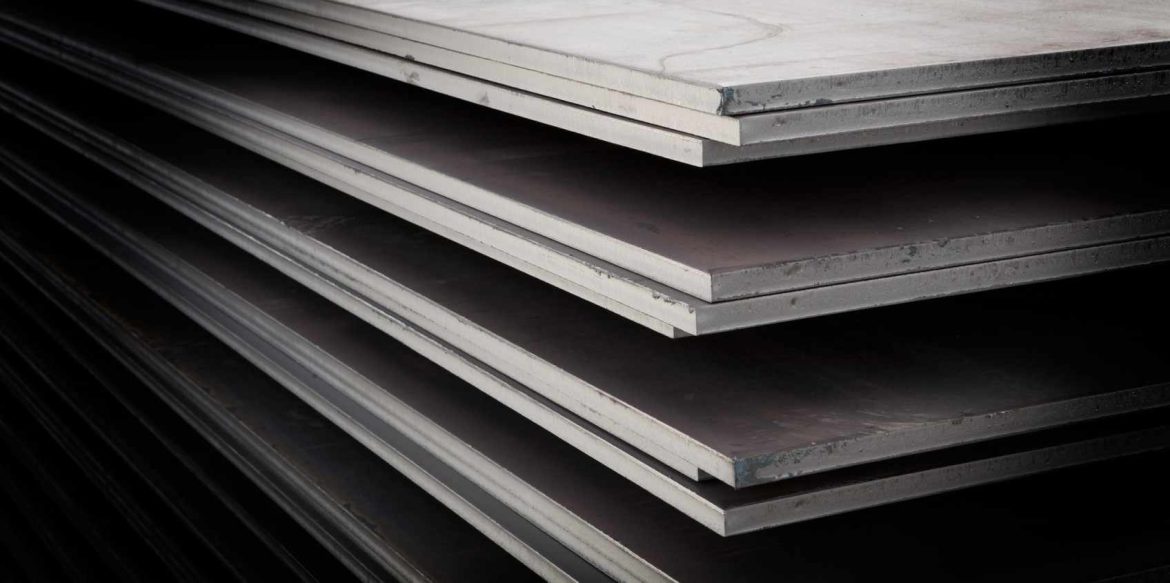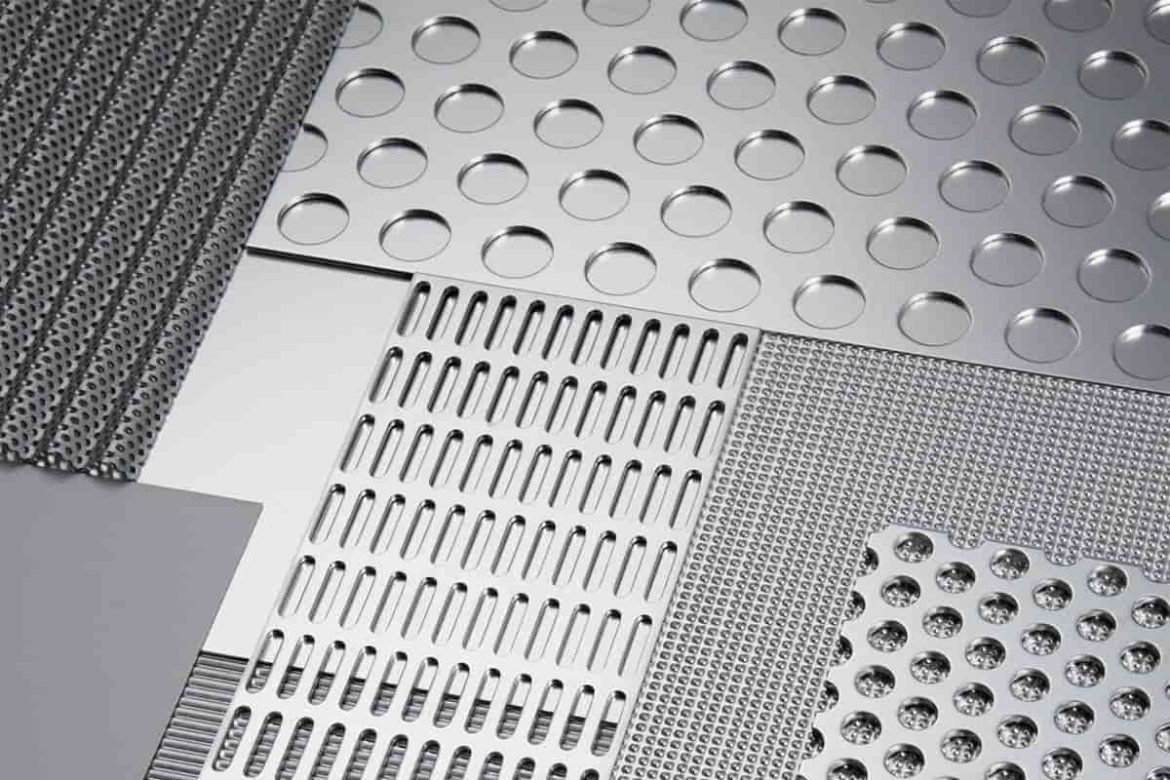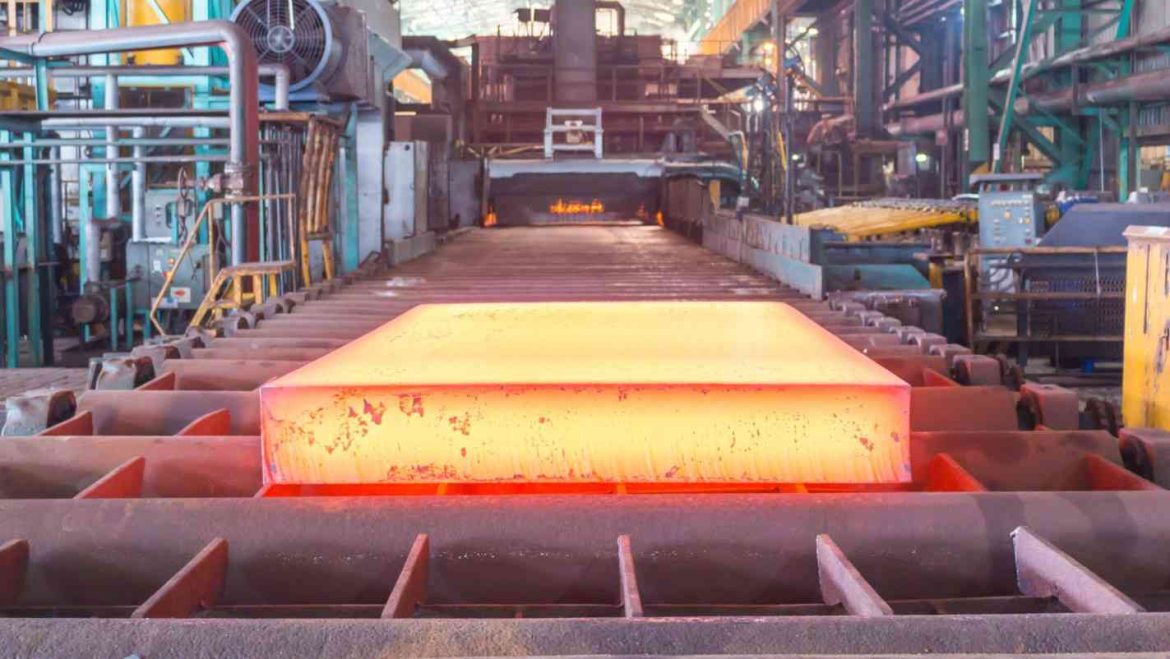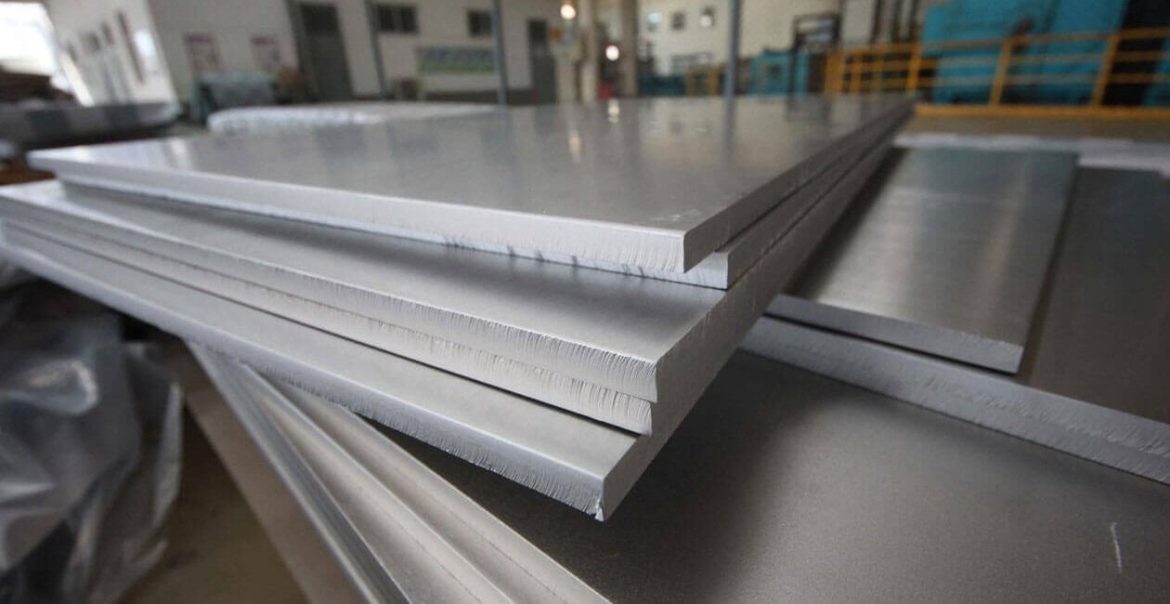Purchase And Day Price of cladding steel sheet
If you’ve ever wondered which metal is the most common in the world, you might be surprised to learn that steel is the answer
Steel is a tough and useful material
Steel is used in many of the objects that you and I come into contact with on a daily basis
Many adopters and users are unaware of the material’s varied properties, complexities, and uses
If you want to learn more about this subject, you should read the previously mentioned article
Iron and steel manufacturing is intertwined with the global economy, making it a complex enterprise
Steel products are widely used in the industrial and construction industries
Steel production necessitates a significant amount of energy and raw resources (coal, scrap, and iron ores)
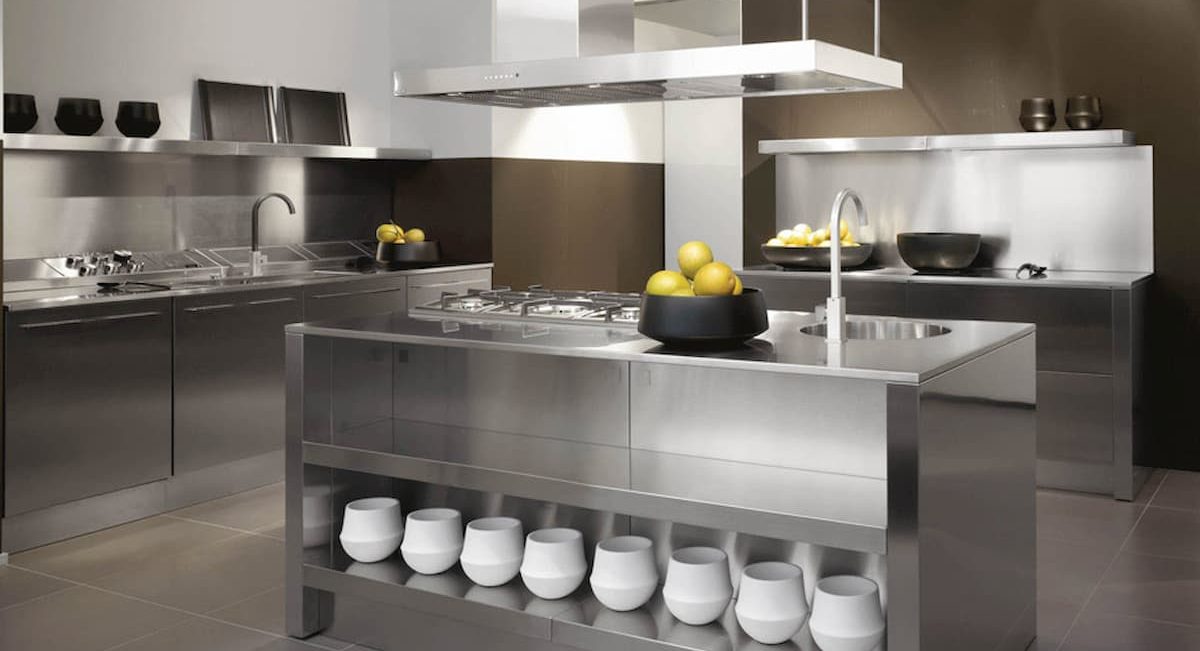
Dust, heavy metals, sulfur dioxide, hydrochloric acid, hydrofluoric acid, polycyclic aromatic hydrocarbons, and other pollutants are byproducts of sinter factories and coke ovens
A mixture of blast furnace dust, pelletization water, and waste water from basic oxygen furnaces
The steel industry is a major polluter of the environment (European Commission 2011)
Because the majority of raw materials are in remote locations, global trade in steel products and inputs is required to meet consumer demand
South American, African, and Oceanian coal and ore are exported to Europe, North America, and the Far East
Semi-finished and finished steel articles are carried in the other direction
The majority of transportation in this sector is provided by seagoing vessels
As a result, supply and demand patterns shift, causing price swings
Using stainless steel for kitchen beauty is common, and with some form of distinction is one of the desired ways of beauty indoors

Steel sheets cladding
Some different types of metal can be used for wall cladding
Cladding, and stainless steel cladding, in particular, is a very effective and environmentally friendly way to preserve a building’s facade over time
Stainless steel, zinc, copper, and aluminum are the most widely used materials for cladding
Each of these metals has unique qualities and benefits
WHY STEEL CLADDING Made From Steel? Stainless steel has a glossier, more polished appearance than zinc does
It is frequently used for decorative wall covering due to this aesthetically pleasing feature
Any construction or building can benefit from the distinctive aesthetic advantage of stainless steel
Stainless steel is a particularly practical material for quick installation in any project involving an architectural facade
Because stainless steel is so long-lasting, the appearance of the metal panels won’t deteriorate even after many years have passed
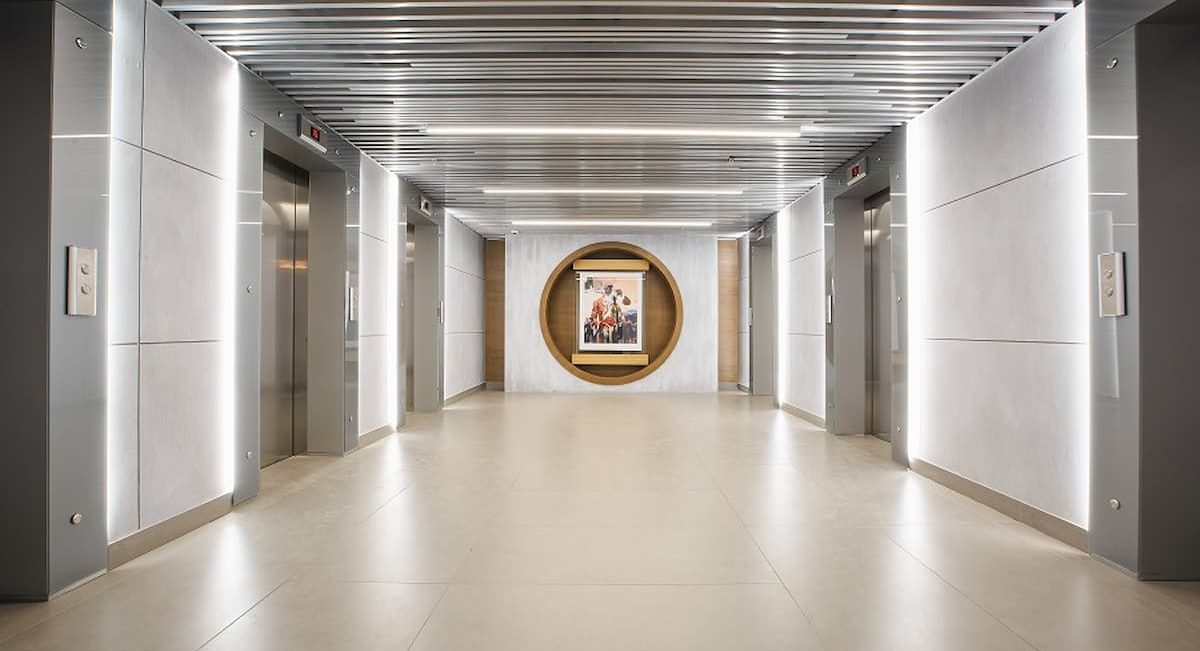
Unlike copper, whose hue will change throughout the course of its lifetime? The capacity of stainless steel to “self-heal” contributes to the material’s unusually high resistance to corrosion
When oxygen is present, a layer of chromo (III) oxide, which is denoted by the chemical formula Cr2O3 on the periodic table, will begin to form on the surface of a metal that has been scratched or is beginning to wear through abrasion
This extremely thin covering not only protects the metal underneath it but also returns the material to its previously polished, smooth, and shiny state
Stainless steel is a fantastic material to use since not only does it nearly never need to be replaced, but it is also very good for the environment
The entirety of the stainless steel that was used can be recycled
These days, the vast majority of stainless steel is manufactured using recycled components of the raw material that was originally used
This illustrates that the metal can be recycled a great lot, which adds to its already impressive toughness as well as its exceptionally long lifespan
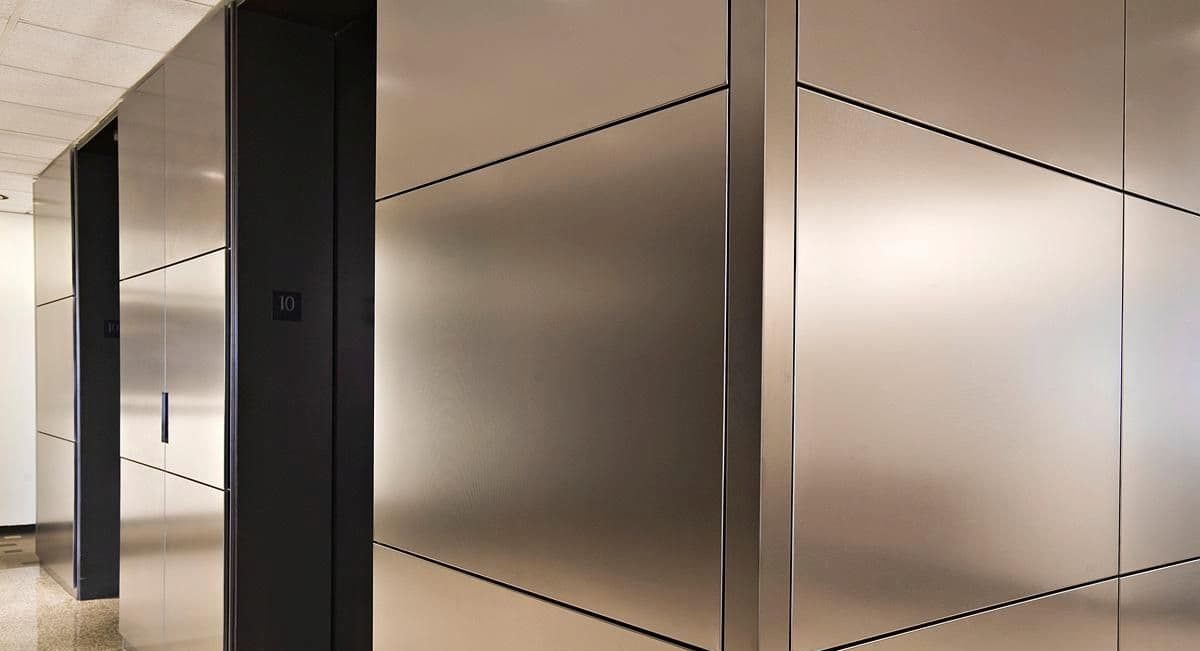
Stainless steel sheets for kitchen wall cladding
For those seeking an easy life, kitchen wall cladding panels are ideal
Especially using stainless steel for the sheet panels used
They offer a clean, wipe-over surface that is simple to maintain
Even though kitchen ceilings can be difficult, there are panel solutions for them as well
Mold problems can have a negative impact on any room
Naturally, rooms with a lot of condensation are the most affected
Homes are virtually airtight thanks to contemporary double glazing
In many homes, there is no extraction system at all
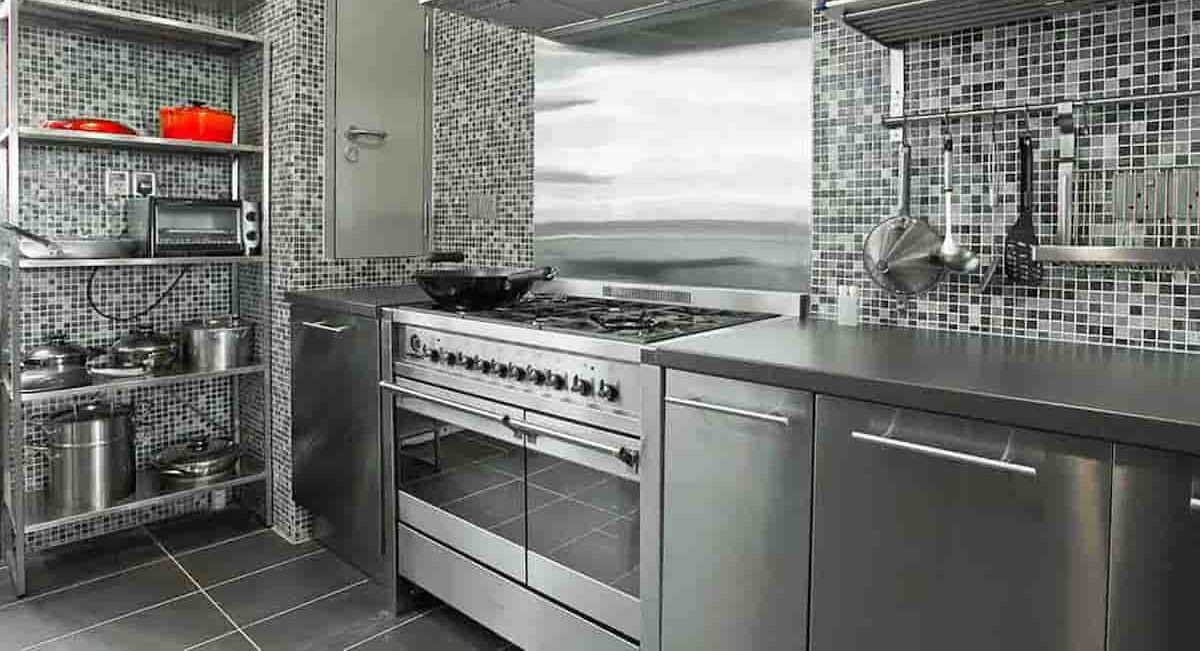
As a result, condensation will collect on cold surfaces because it has nowhere else to go
Condensation will accumulate on tiles because of their cold surface
The grout absorbs the moisture from the tiles
This will be the first area to exhibit mold growth that is evident
Therefore, a different wall covering can be utilized to try to get around this issue
Kitchen wall cladding panels really shine in this situation
The grout on the kitchen wall covering cannot grow mold
It is a particularly hygienic wall covering as a result
A variant of this substance is often used in commercial kitchens to replace the grout
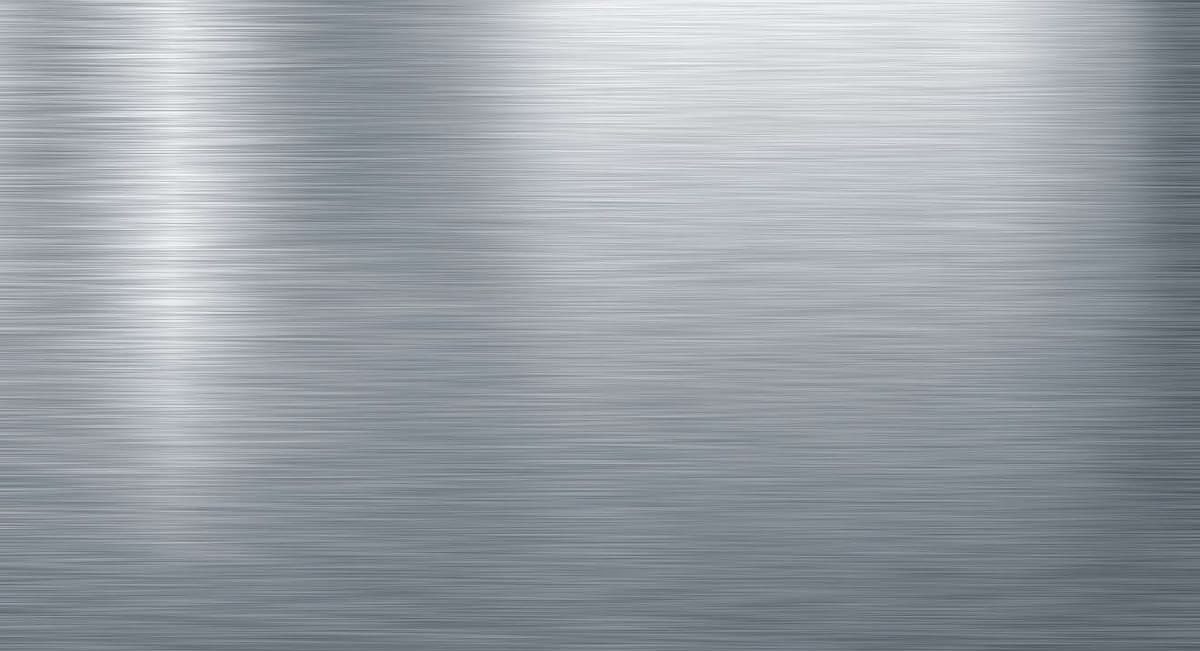
The walls are lined with large PVC sheets, creating a one-piece solution
With cladding, the wall is covered with various, interlocking planks of the substance
Since there are more options for decorative finishes, they are also simpler to install
The tough circumstances encountered in all kitchens are perfect for the slick, wipe-over surface
Any tiled wall’s weak point is always the grout
And that makes cleaning a lot more difficult
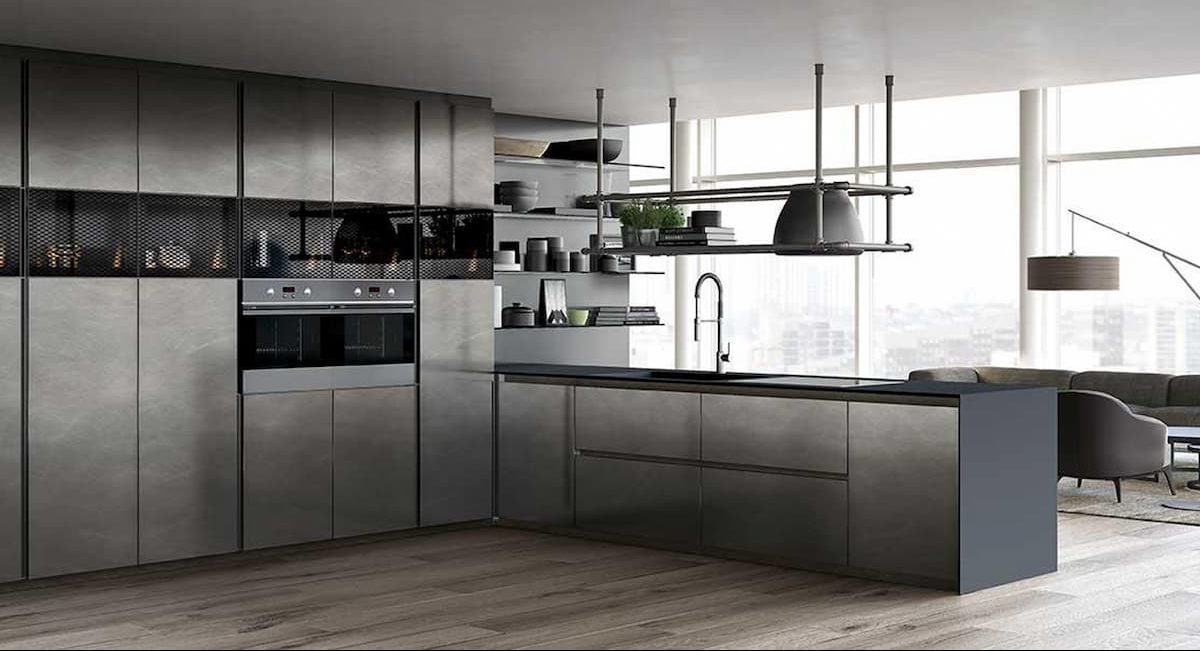
Used corrugated steel sheets for sale
Strong, lightweight, and rustproof corrugated sheet metal can be used in a variety of ways to give the garden a distinctive look
Metal is becoming more and more popular for homes and landscapes, despite the fact that there are many traditional building materials for gardens
In comparison to other materials, its extended lifespan, high recycled content, and ability to be recycled after use make it a sustainable building material
What you need to know about the most effective applications for corrugated metal are outlined below, along with some design ideas
The fundamentals
To increase its rigidity, sheet metal is shaped into ridges and valleys to create corrugated metal
Additionally, the ridges and valleys do a great job of removing water from the surface
It is a durable, cheap, recyclable, and light weight material

Corrugated metal is galvanized so that it will not rust and will be able to survive the environment
This implies that the metal has been coated with zinc or a mixture of zinc and other elements
Corrugated metal can also be purchased in pricier and more difficult to source locally metals such as Cor-Ten, aluminum, and copper
The most popular varieties of corrugated metal are made of galvanized steel or corrugated galvanized iron
Other accessible metals include galvanized steel or iron
Because it is a thin and planar material, corrugated metal can be used for a multitude of flat purposes
These applications include but are not limited to fences, privacy screens, siding, roofing, and other similar uses
Corrugated metal panels can be purchased at your neighborhood hardware store, but professional contractors have access to a much larger assortment of corrugated sheet metal available from wholesale vendors
This metal comes in a range of thicknesses
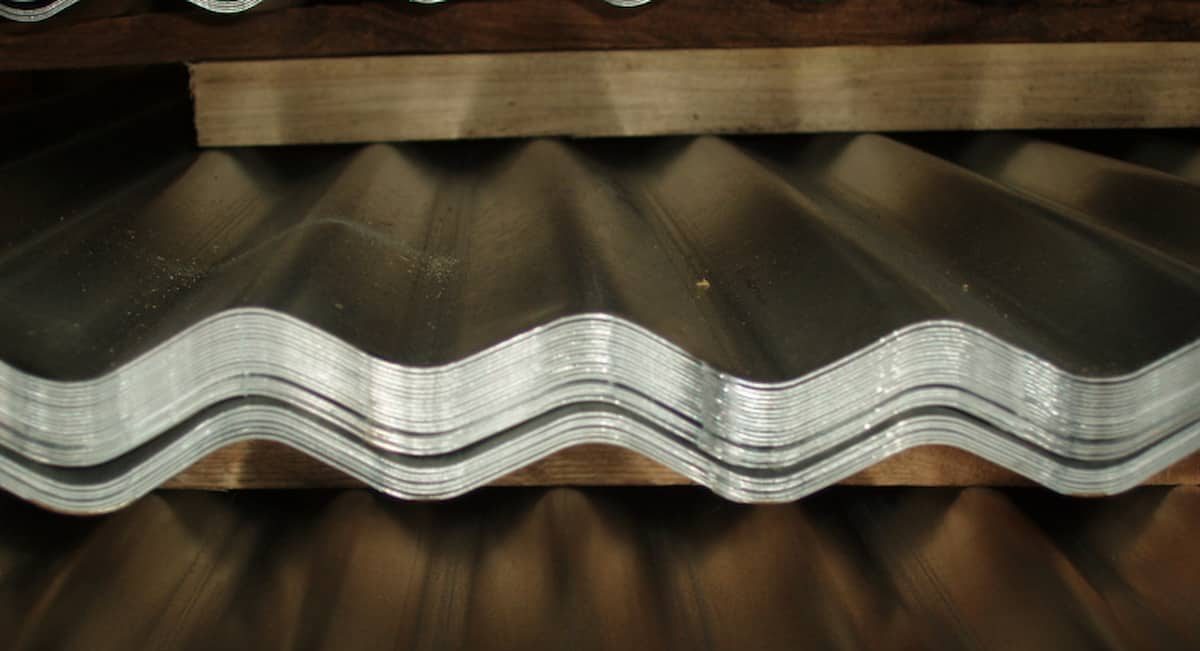
Reclaimed corrugated steel sheets
Recycling is one of the processes that help to return scrap and reclaimed metals to use in steel production
Corrugated steel sheets are a material that is simple to make and replicate
The majority will be transformed into ingots by smelting, which can then be done at metal facilities across the nation
Your curbside recycling bin to the grocery shelves can be reached in as little as six weeks
Metal may be recycled in an incredibly fast and high-quality manner, whether it ends up as the wing of a speedboat or a new can of baked beans
Metal can be recycled hundreds of times without ever losing its qualities, unlike recycled paper and card, which lose quality when they are “pulped
” Since practically all of today’s steel is made from recycled metal, steel is actually the material that gets recycled the most globally
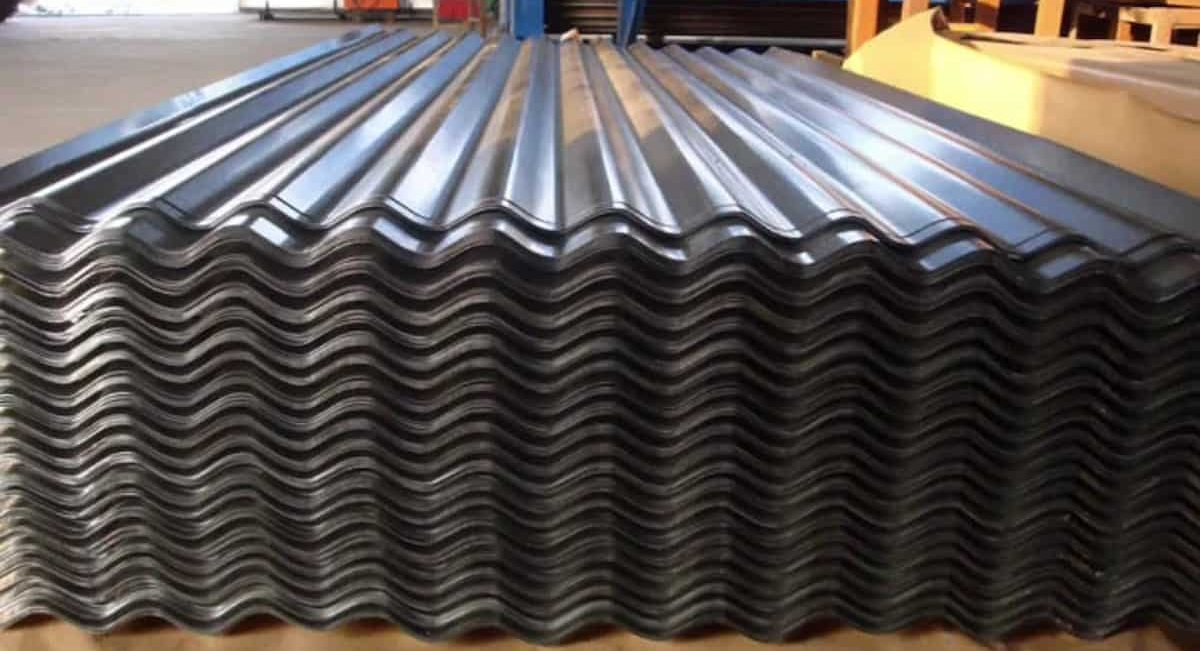
Steel, with a thin layer of tin, is what creates our food and beverage cans, so it makes sense that the United States spends $8 billion annually on the recycling of metal
Today, cold-forming is typically used to create corrugated metal sheets
A flat piece of metal is first used in the procedure, then a sequence of rollers are used to crush the metal into 3D corrugated patterns
Then, different roller configurations produce various types of corrugation, varying in wave size and angle
In comparison to hot-rolled steel, cold-rolled steel is thicker, stronger, and more aesthetically pleasing
At Bridger Steel, our steel is delivered to us in painted coils, which means that the metal sheets have already been hot- or cold-formed and are rolled up
The coils are now merely flat sheets of steel once we have unraveled them
These sheets are next put through our corrugated roll formed equipment, where they acquire the shape of the panel
The panel will then be precisely cut and trimmed to the length required for a certain project
Throughout history, sheet metal has been utilized for a variety of applications, and it is currently used more frequently than ever for inventive and demanding applications

It is formed into thin sheets by an industrial process and can be cut or twisted into the shape required for its intended function
It’s made of metals including stainless steel, mild steel, and aluminum
Throughout the decades that sheet metal has been used in applications such as architecture and plate armor, fabrication techniques have evolved
Sheet metal has traditionally been used in applications such as architecture
Sheet metal is currently employed in a wide range of applications across sectors and markets due to its malleability
We provide fabrication services to meet the needs of any project, beginning with the design phase and continuing through the manufacturing phase
We ensure that quality, lifespan, and productivity are prioritized at every level of the manufacturing process
